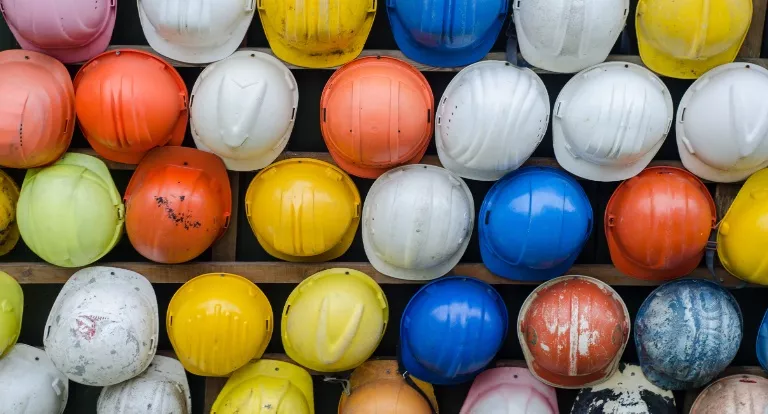
Building Safety - What's next for the Building Safety Programme
Building Safety - What's next for the Building Safety Programme
On 28 April 2022, the Building Safety Bill received Royal Assent becoming an Act and subsequently law. The Building Safety Act (BSA) 2022 as it is now known implements the Building Safety Regulator, to provide oversight of the new system with powers of enforcement and sanctions. A Construction Products Regulator will also have powers to remove dangerous products from the market. Additionally, a New Homes Ombudsman scheme will provide independent redress for new build buyers who have issues with their new home or developers.
While this may seem like the end of the road for a piece of legislation that has taken up a significant amount of time within the Government agenda, there is still much work to do.
The process of bedding in the new roles and responsibilities created in the Act into the very heart of construction must now begin. Professional bodies, trade groups and Government must now collaborate to ensure that the behavioural change that Dame Judith Hackitt set out in her independent review becomes a reality and that the legislation is successful in protecting residents and those working in the sector.
Since the BSA was first introduced in June 2021, CIOB’s policy and public affairs team has been monitoring progress to ensure our members are kept up to date with the impacts of the legislation through regular blogs, news and our dedicated building safety newsletter (which you can sign up to here).
Alongside this, our education team have been developing courses and training to prepare members for the new safety regime. To support the implementation of the Act, we have launched a Level 6 Diploma in Building Safety and Management, which is designed for construction professionals moving into this key dutyholder role. The qualification develops the knowledge and skills needed to manage the safety of relevant buildings in occupation, and has been released in conjunction with the Level 6 Certificate in Fire Safety for Construction, which is designed for a range of professions – including dutyholder roles and those working on higher-risk buildings.
Time will tell as to how quickly the industry will be able to adapt to their new responsibilities. The Act will need to ensure that it enshrines the accountability necessary to learn and grow from the inevitable teething problems that may arise. With that in mind it will also be necessary for the industry to adopt a sense of flexibility and to work with Government to implement this new regime.
Moving on to the next steps from a legislative perspective, Government must collaborate with civil servants and industry experts to develop an extensive roster of secondary legislation that will work alongside the Act to ensure that it delivers on all the aspects covered in Dame Judith Hackitt’s original independent review. Some commentators have suggested that this process may include up to thirty pieces of secondary legislation all due to be implemented before 2024.
The Government has previously published a transition plan which outlines the proposed timeline for secondary legislation. This will include further details on the extension of the Defective Premises Act to thirty years after completion for retrospective claims, the organisation and operation of the Residents Panel, further regulation of construction products, the establishment of the Building Advisory Committee, the new planning gateways and the crucial golden thread of information comes into effect.
CIOB’s Safer Buildings Conference
On 26 May 2022, CIOB hosted its first Safer Buildings Conference. Over the course of the day more than two hundred professionals from across the built environment attended to hear from speakers about the impacts of the Building Safety Act as well as the nature of the new regulatory regime.
Keynote speakers included Dame Judith Hackitt DBE, Chair of the Independent Review of Building Regulations and Fire Safety, and Peter Baker, Chief Inspector of Buildings at the Health & Safety Executive, who both thanked CIOB and many of the other professional bodies who are “aligned” to the need for culture change to support the implementation of the Building Safety Act.
The policy and public affairs team attended the day and welcomed the opportunity to speak to members about their experiences of the Building Safety Act and hear from them about how it will affect their operations.
CIOB will continue to monitor the progress of the secondary legislation and will use every available opportunity to respond to consultations to ensure that it works for both the users and creators of the built environment.
If you would like to learn more about the Building Safety Act 2022 or have any questions about how it might impact your business, please do not hesitate to get in touch at [email protected].
Contact our Press Office
We welcome requests for information, comments and interviews from journalists across the globe so please feel free to contact us:
